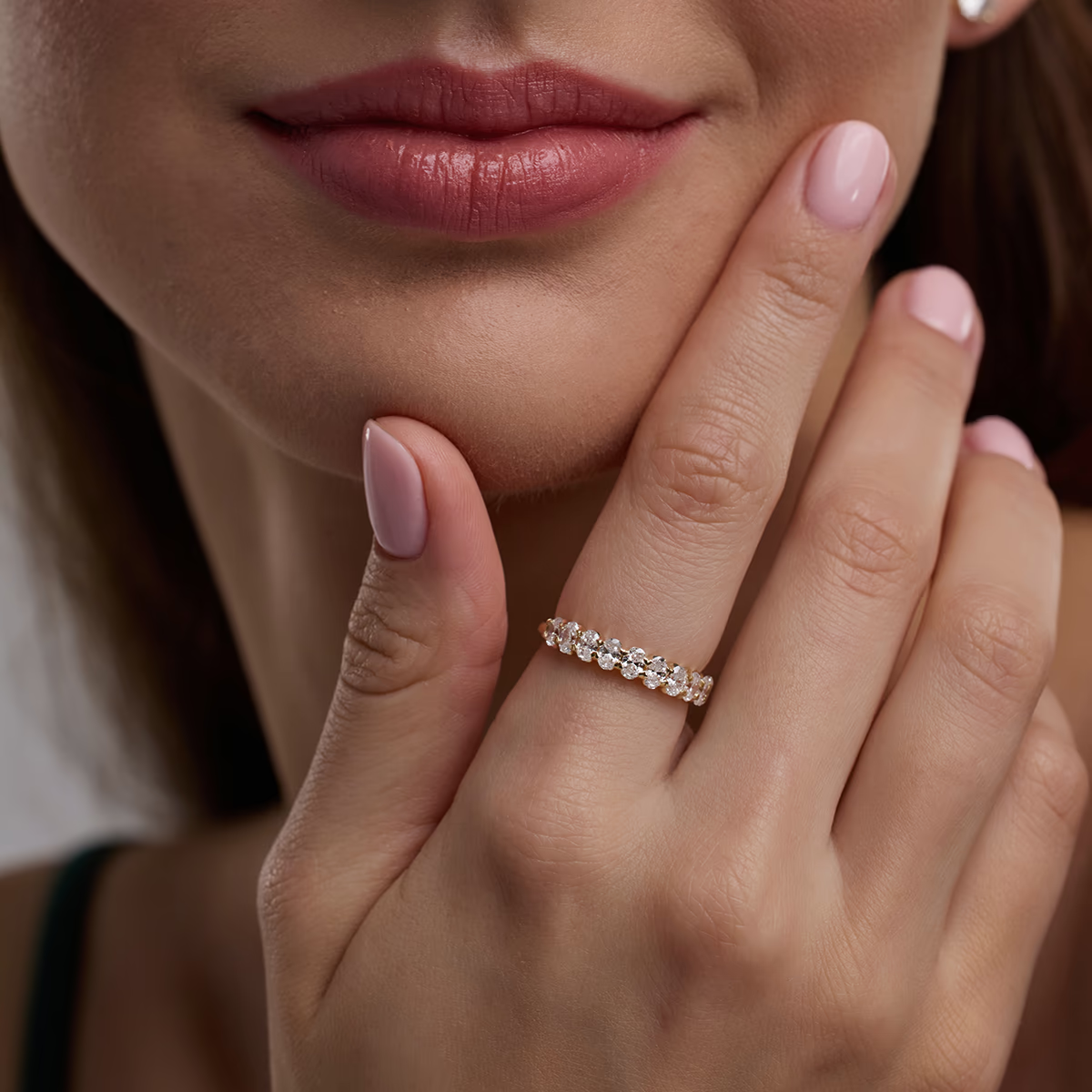
What Are Lab Grown Diamonds?
Lab grown diamonds are identical to their mined counterparts. But unlike natural diamonds, which are formed in the Earth's crust, created diamonds are made in a controlled environment using processes that simulate those found in nature. This means that labs can produce exquisite rough diamonds in as little as a few weeks, compared to the billions of years it takes to create a natural gem.
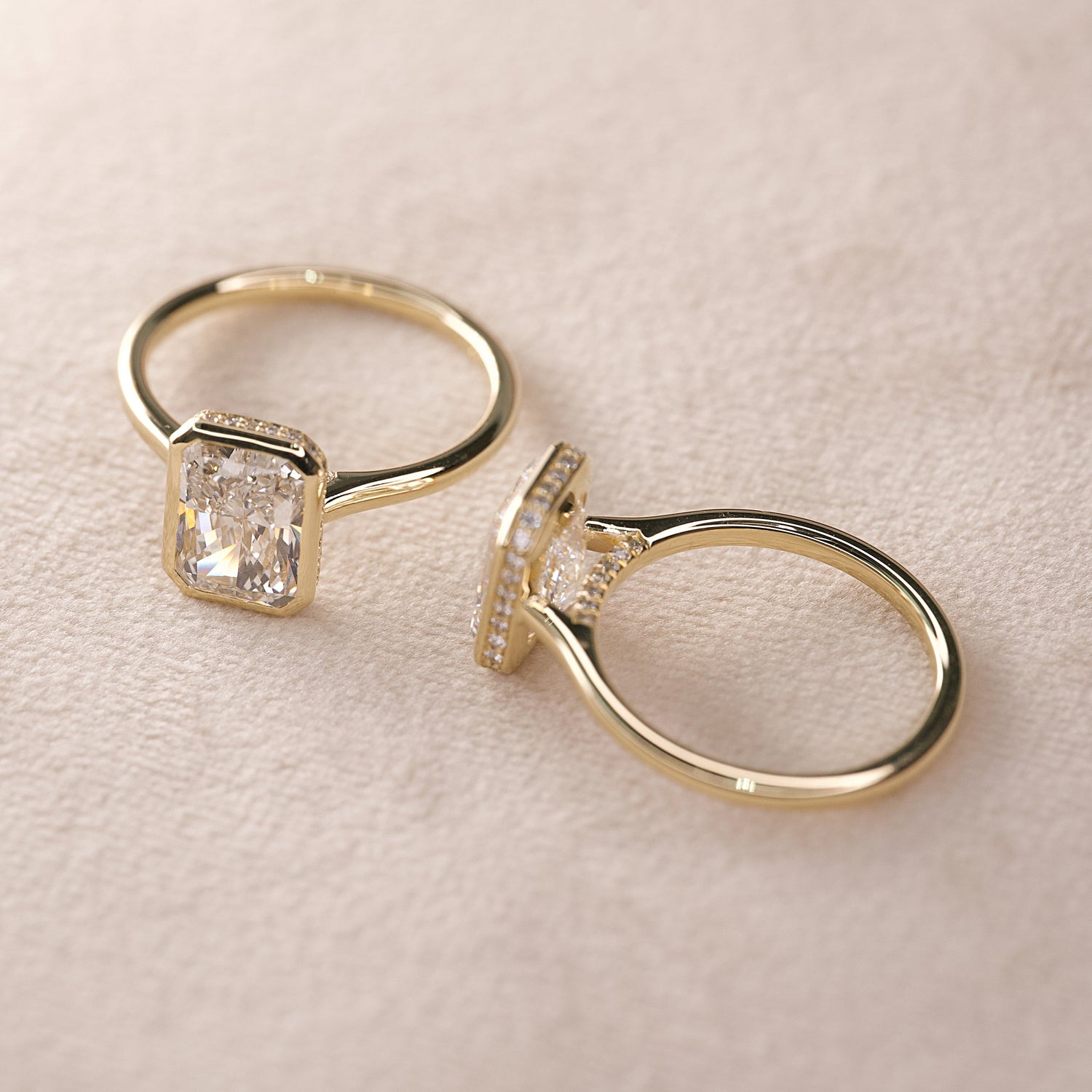
Why are Lab Created Diamonds Considered Ethical?
There are many reasons why choosing lab grown diamonds is a better alternative to mined diamonds. Because they don’t come from conflict regions they have a lower social impact, and by introducing lab grown diamonds into the supply chain, consumers can help eliminate the blood diamond industry.
In addition to all their unparalleled beauty, they are from mining.
When you buy lab grown diamonds from Chic Vivre, you are investing in ethical luxury. We have a wide selection of loose conflict-free diamonds for you to browse, as well as ethical diamond jewelry like lab grown diamond rings, earrings and necklaces. With Chic Vivre, you're just one click away from finding beautiful and socially acceptable gems for you and your loved ones.
A diamond formed in a laboratory is grown using state-of-the-art technology which imitates the growing process of a natural diamond under the earth, but it occurs over a matter of weeks. Consequently, the diamond created is chemically, optically, and physically the same as the diamonds that are grown beneath the surface of the earth.
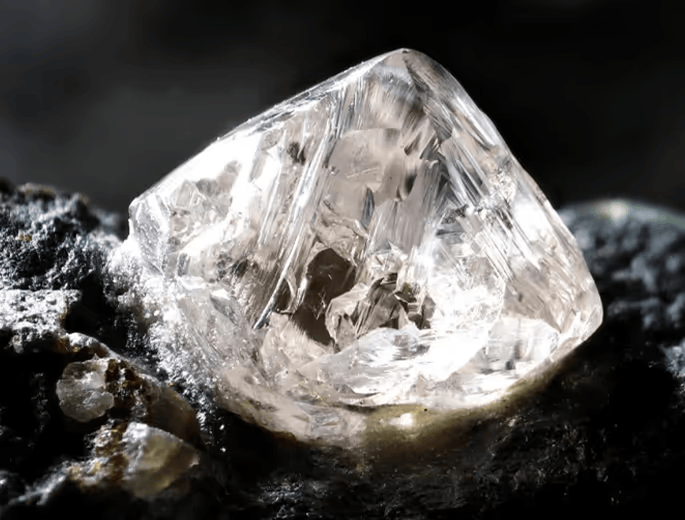
Difference
The only thing which makes a Lab Grown Diamond different from a Natural Diamond is how it originated.
A diamond formed in a laboratory is grown using cutting-edge technology, which imitates the growing process of a natural diamond.
Consequently, the diamond created is one that is man-made. It is chemically, optically, and physically identical to a mined diamond.
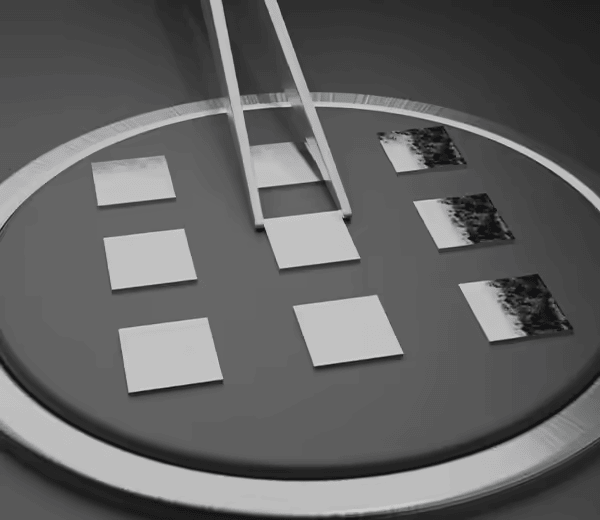
Process
There are two different ways to create diamonds in the lab: Chemical Vapor Deposition (CVD) and High Pressure-High Temperature (HPHT).
When it comes to Chemical Vapor Deposition (CVD), a tiny “seed” diamond is heated to a high temperature inside a tightly closed chamber. The chamber is then filled with a carbon-rich gas mixture, including methane, and then they are ionized into plasma by technology. The ionization breaks molecular bonds into gases, and the diamond seeds slowly crystallize.
In the High Pressure-High Temperature (HPHT) process, the diamond crystal seed is exposed to extreme temperatures and pressure. As the carbon melts, a diamond forms around the seed. Once it has cooled, a diamond is created as beautiful as the one made in nature.
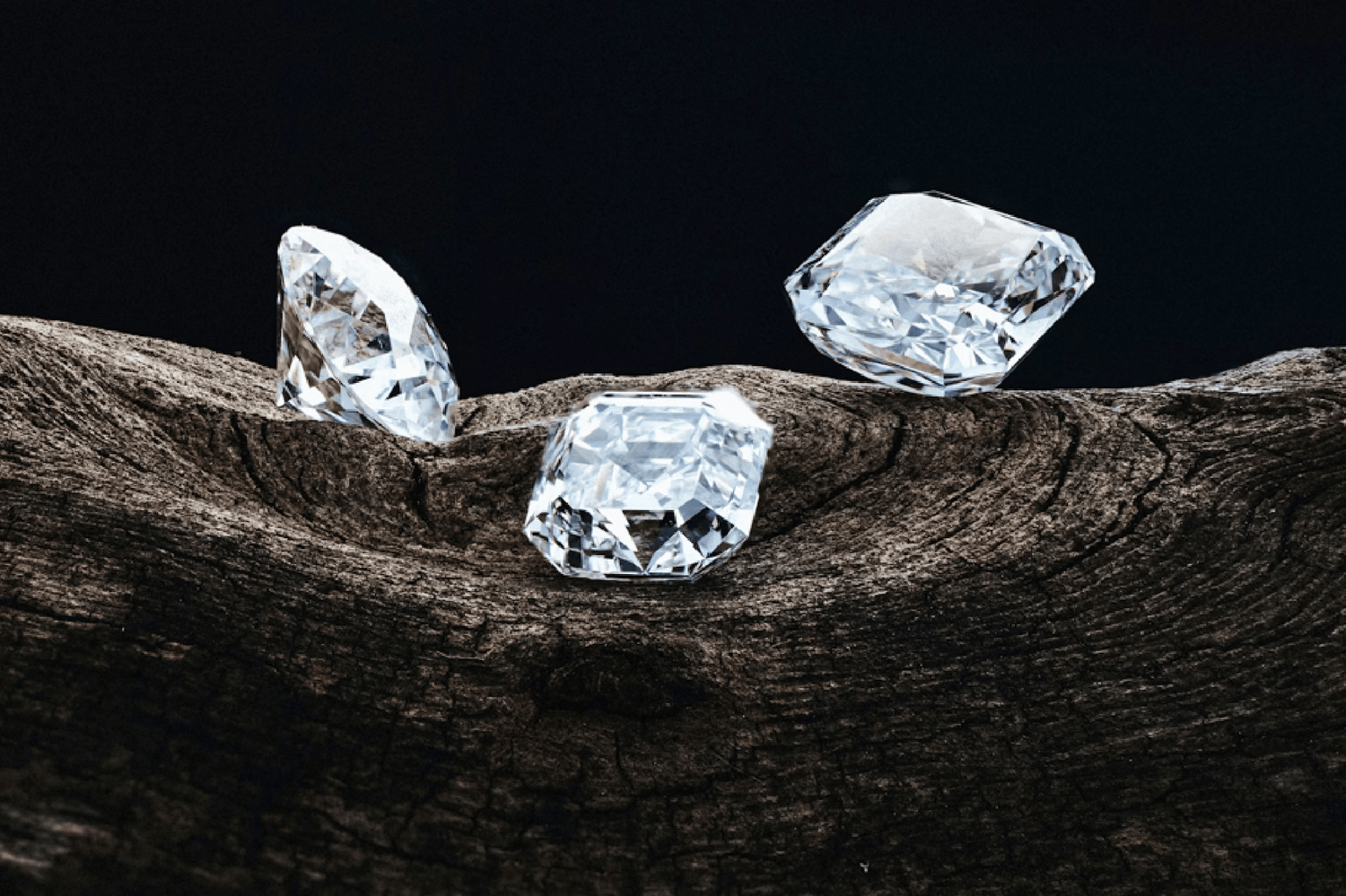
Difference
Why are lab created diamonds considered ethical?
After all, there are many reasons why laboratory-grown diamonds are even a better alternative and are considered ethical luxury. In addition to all their unparalleled beauty, they do not have the negative impacts from mining the surface of the earth, and they are conflict free – it's impossible not to appreciate them.
We have a wide selection of loose diamonds for you to browse. You're just one click away from finding beautiful and earth-friendly gems for your loved ones.
How are Lab Grown Diamonds Manufactured?
Diamonds are made from carbon and require intense heat and pressure to transform into crystalline form. In nature, this is achieved hundreds of miles below the Earth’s surface, but for man-made gems, there are two different ways to create diamonds in the lab:
-
Chemical Vapor Deposition (CVD)
When it comes to Chemical Vapor Deposition (CVD), a tiny "seed" diamond used in chemical vapor deposition is heated to a high temperature inside a tightly closed chamber.
A CVD diamond begins as a thin diamond seed slice that’s originally an HPHT created diamond. This diamond seed is positioned inside a closed chamber and heated up to 800°F. This chamber is filled up with carbon-rich gases such as methane. These gases are then ionized into plasma by means of technology. The ionization breaks molecular bonds into gases, and the diamond seeds slowly crystallize.
In the end, you get a real diamond, with a process that takes weeks to months instead of millions of years.
-
High Pressure-High Temperature (HPHT)
High Pressure High Temperature (HPHT) diamonds are created using one of three manufacturing processes: the cubic press, the belt press, or the split-sphere (BARS) press. Each method simulates the natural conditions that form diamonds underground.
During these processes, a small diamond seed is placed in carbon, the element diamonds are made of. This environment is then subjected to extreme temperatures of about 2,550 - 2,900°F and pressures of approximately 5.5 million pounds per square inch. The carbon melts and starts to form a diamond around the seed. Gradually, it crystallizes to form a pure carbon diamond.
Lab Grown Diamonds vs. Natural Diamonds
It is important to note the major distinction between lab grown diamonds and natural diamonds. Lab grown diamonds are created in a controlled environment using advanced technology that replicates the natural diamond-forming process. Both lab grown diamonds and natural diamonds are composed of pure carbon crystals arranged in a cubic structure.
Lab Grown Diamonds: These diamonds are produced in laboratories using either High Pressure High Temperature (HPHT) or Chemical Vapor Deposition (CVD) methods. While they have the same physical, chemical, and optical properties as natural diamonds, they are created in a fraction of the time it takes for natural diamonds to form. Lab grown diamonds are nearly indistinguishable from natural diamonds to the naked eye, although gemological testing can identify subtle differences, such as trace elements or growth patterns specific to lab-created stones.
Natural Diamonds: Natural diamonds, on the other hand, are formed deep within the Earth under extreme heat and pressure over billions of years. Each natural diamond is unique, often containing inclusions or "birthmarks" that give insight into its geological history. Due to their rarity and the extensive process required to mine them, natural diamonds are generally more expensive than lab grown diamonds. However, the two types of diamonds are identical in terms of hardness, brilliance, and durability.
Natural and lab grown diamonds share the same physical and chemical properties, but the process of creation and price point sets them apart. Gemologists can differentiate the two based on microscopic features, but to most consumers, lab grown and natural diamonds appear the same.
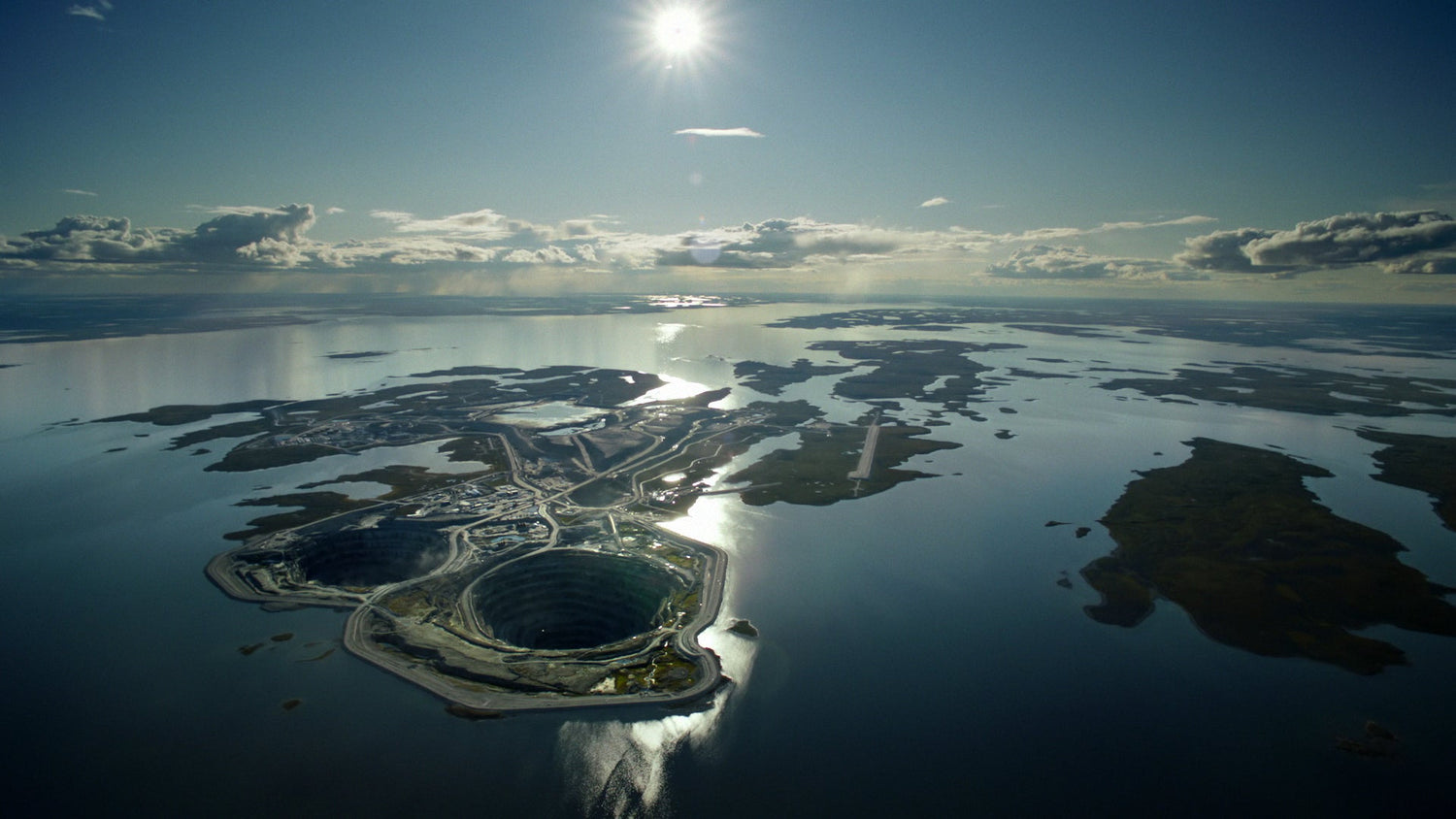
Impact on Nature
Soil erosion, deforestation, and ecosystem damage are only a few of the many negative effects of diamond mining on the environment. Water resources are also impacted by the extraction. The ecosystem’s water supplies and water quality are both impacted by mining.
In the end, these facts mean that many effects of extracting diamonds are very bad for the environment. This brings us to another good question, what's the bottom line? If you're looking for a high-quality diamond that is both ethical and more affordable then a lab grown diamond is the perfect choice for you. Lab grown diamonds offer the same intrinsic beauty and durability as traditional, mined diamonds, only with fewer downsides.
The truth is that a lab grown diamond is indistinguishable from a mined diamond in nearly all ways, offering buyers an ethical, yet affordable mined diamond alternative that will make the perfect focal point of any engagement ring or other piece of fine jewelry.
Frequently Asked Questions
Q: How do companies create lab grown diamonds?
Two methods can produce jewelry-quality diamonds: HPHT and CVD.
HPHT is an abbreviation for High Pressure/High Temperature. This method replicates the natural formation of diamonds by subjecting carbon to high temperatures and pressing it together.
CVD is an abbreviation for Chemical Vapor Deposition. A seed crystal chamber is filled with a mixture of hydrogen and methane gas. Microwave power often heats the chamber to a high temperature, which excites the gas. The diamond grows on the seed crystal.
Q: What is a lab grown diamond certificate?
Certified gemological institutes grade lab grown diamonds using the same 4 Cs that are used to grade naturally mined diamonds. It means that the properties of each diamond, such as its color grade, carat weight, clarity grade, and cut grade, are validated by a diamond certificate like the mineral one.
The most well-known grading laboratories that give this type of certificate are the Gemological Institute of America (GIA), and the International Gemological Institute (IGI). You can make an informed decision and compare similarly graded diamonds by having a certificate like these.
Q: What is the main difference between lab grown diamonds and natural diamonds?
The main difference is how each one is made. The mined diamond is formed by a natural process dependent on extremely long, natural factors. On the other hand, the laboratory diamond is a more efficient approach to producing diamonds with the same appearance and physical, chemical, optical, and atomic properties.
Furthermore, there are many difficulties in extracting mineral diamonds, while those made in laboratories are much conflict-free and ethically sourced.
Q: What is the main difference between lab grown diamonds vs natural diamonds?
The main difference is how each one is made. The mineral diamond is formed by a natural process dependent on extremely long natural factors. On the other hand, the laboratory diamond is a more efficient approach to producing diamonds with the same appearance and physical, chemical, optical, and atomic properties.
Furthermore, there are many difficulties in extracting mineral diamonds, while those made in laboratories are much more ethical and budget-friendly.
Q: Are lab grown diamonds worth it?
Yes, man-created diamonds are totally worth it! They can cost around 50% less than earth diamonds and are structurally identical, so you’re investing less for more – which is perfect.
Q: What is the future of lab grown diamonds?
The fact that they are more affordable than minerals and more ethical, because they do not require an extraction process and do not degrade nature, demonstrates that the industry and the presence of these beautiful and modern diamonds will only grow exponentially in the future.



